



Have you tried melting chocolate only to have a kitchen smelling of burnt cocoa or a bowl of clumpy mess? This article will guide you through how to melt chocolate, ensuring perfect results every time, whether you’re aiming for a silky ganache or a decadent drizzle.
The information provided on this site is based on my personal experience living with alpha-gal syndrome. I consistently cite and link to expert sources, but nothing published on this site should be perceived as medical advice.
Alpha-gal sensitivities vary by person. You should understand your dietary restrictions, making any adjustments needed, and directing any questions to your physician.
Melting chocolate is like magic, transforming simple cocoa into a luscious treat that makes any dessert tastier. It’s the secret behind decadent truffles, silky ganache, and many sweet delights.
But learning how to melt chocolate is a skill.
There’s more than one way to melt a bar of chocolate, and each has its tricks and traps. This article covers the top methods for melting chocolate, ensuring success every time.
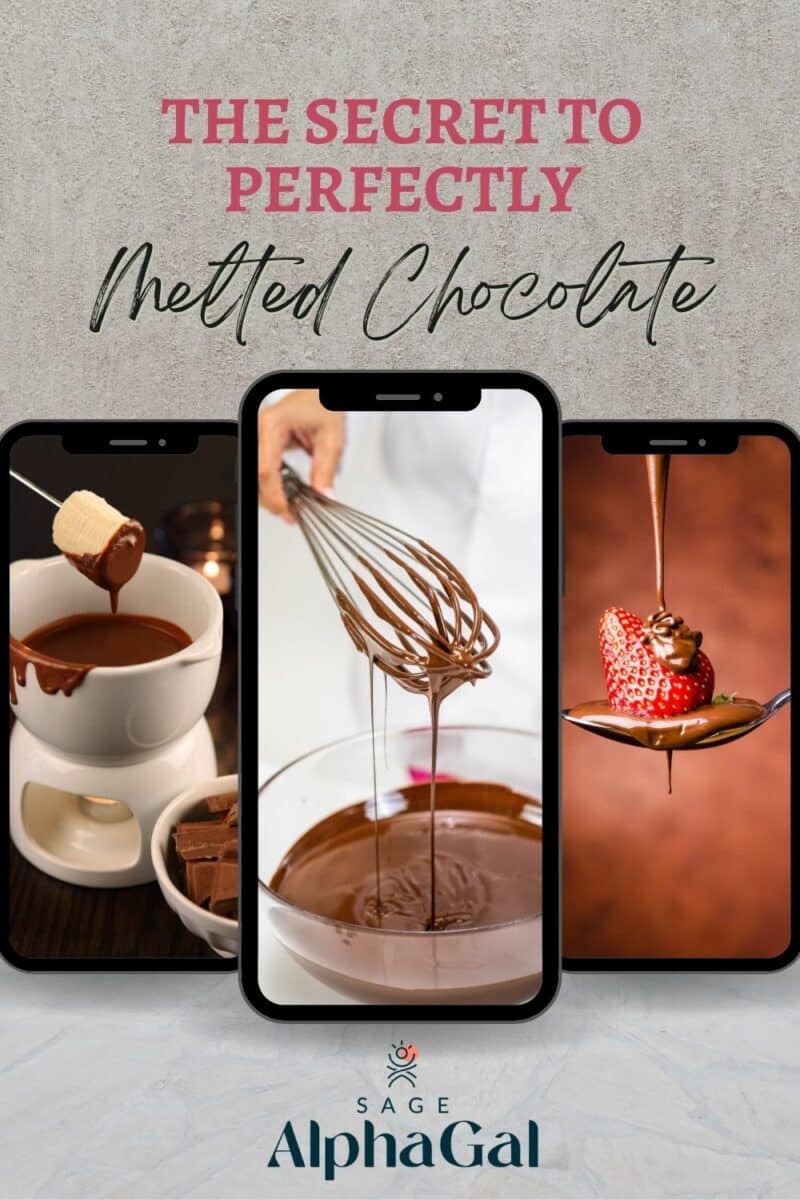
To help offset the costs of running SageAlphaGal.com, you’ll find affiliate links lightly sprinkled throughout the site. If you choose to make a purchase via one of these links, there’s no additional cost to you, but I’ll earn a teeny tiny commission. You can read all of the legal blah blah blah (as my little niece says) on the full disclosure page.
In This Article
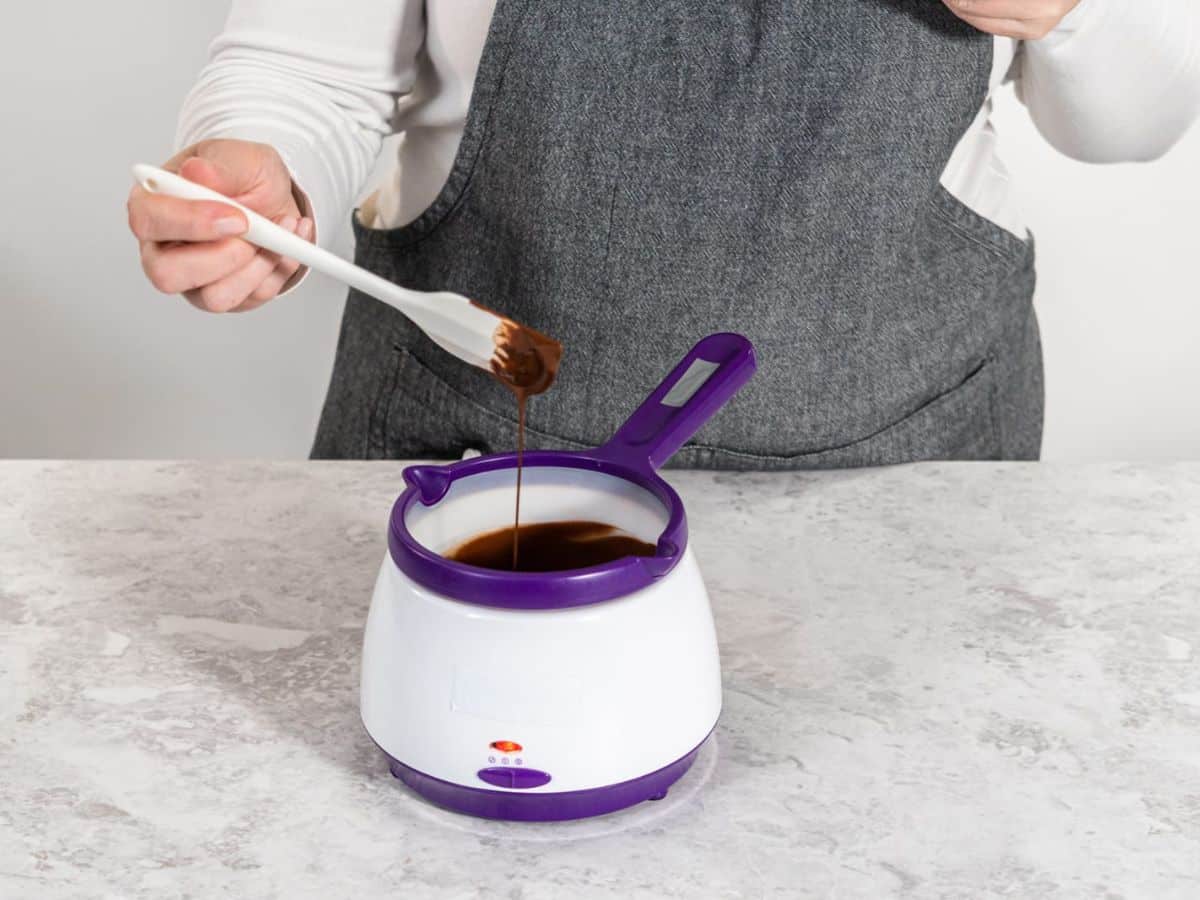
How to Melt Chocolate
When melting chocolate, the first thing to decide is the method. Do you want to use the:
- convenient microwave,
- chef’s favorite double boiler, or
- hands-off slow cooker.
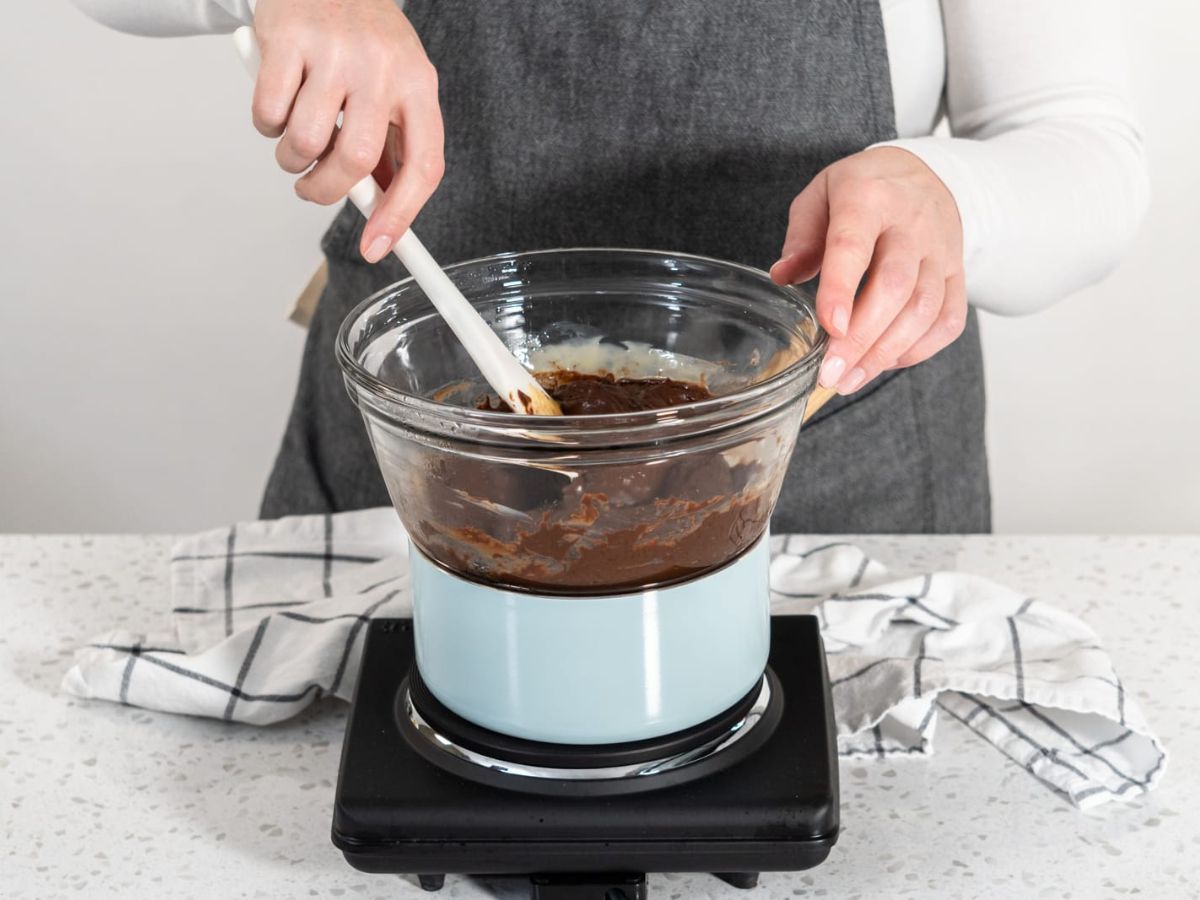
How to Melt Chocolate on the Stovetop
Using a double boiler on the stovetop is a classic technique that offers precise control over the melting process. Since it uses indirect heat, the chocolate remains silky and avoids the risk of scorching.
Sage Advice: If you don’t have a double boiler, you can build your own with a medium saucepan and another heat-safe bowl that can fit on top of it.
- Fill the bottom of a double boiler or a medium saucepan with a few inches of water and bring it to a simmer.
- Place the top section of the double boiler or another heat-proof pan on top of the saucepan, ensuring that the bowl of chocolate does not touch the hot water.
- Chop the chocolate into small pieces and add them to the top vessel. Keep the water at a gentle simmer, just under boiling. The steam produced will melt the chocolate.
- Stir the chocolate as it melts and continue stirring continuously with a rubber spatula until most of the chocolate has melted.
- Take the bowl off the heat and stir until smooth and glossy.
Want Alpha-Gal Safe Recipes and More?
Sign up for the weekly newsletter!
Thank You for Subscribing!
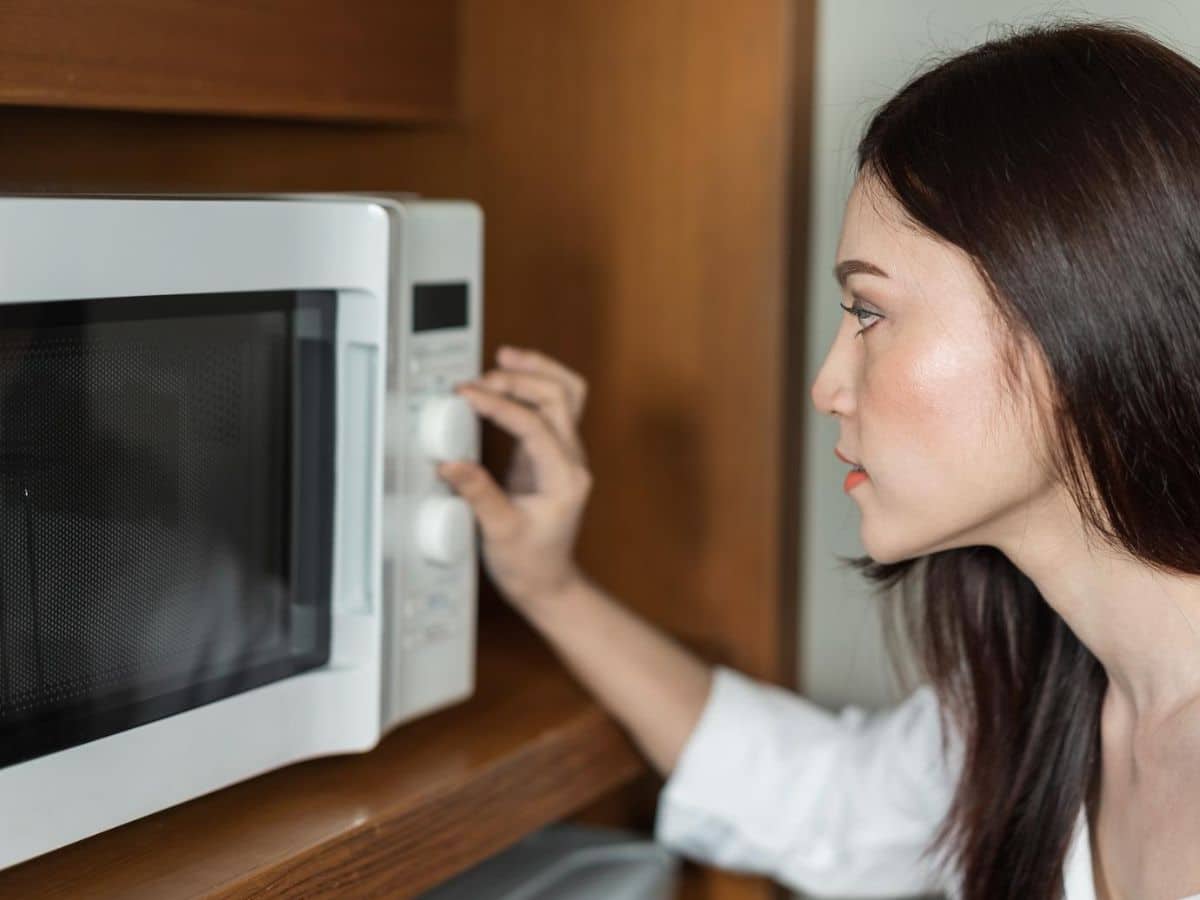
How to Melt Chocolate in the Microwave
Melting chocolate in the microwave is perfect for many at-home bakers. It’s fast and ideal for spur-of-the-moment baking sessions or a quick chocolate drizzle.
- Chop the chocolate into small, uniform pieces.
- Place the pieces in a microwave-safe bowl and set the microwave to 50 percent power.
- Heat the chocolate in 15- to 30-second intervals, stirring between intervals. The residual heat will help melt some remaining bits, so this step is crucial.
- Continue until the chocolate reaches a smooth consistency. Be especially careful when the chocolate is almost melted because it can go from perfect to burnt in seconds.
"Nothing will stop the fun of baking like scorching chocolate when you're just trying to melt it. So, I never melt in anything other than a heatproof bowl over a pan of water over the lowest heat possible."
— Laura Sampson, Little House Big Alaska
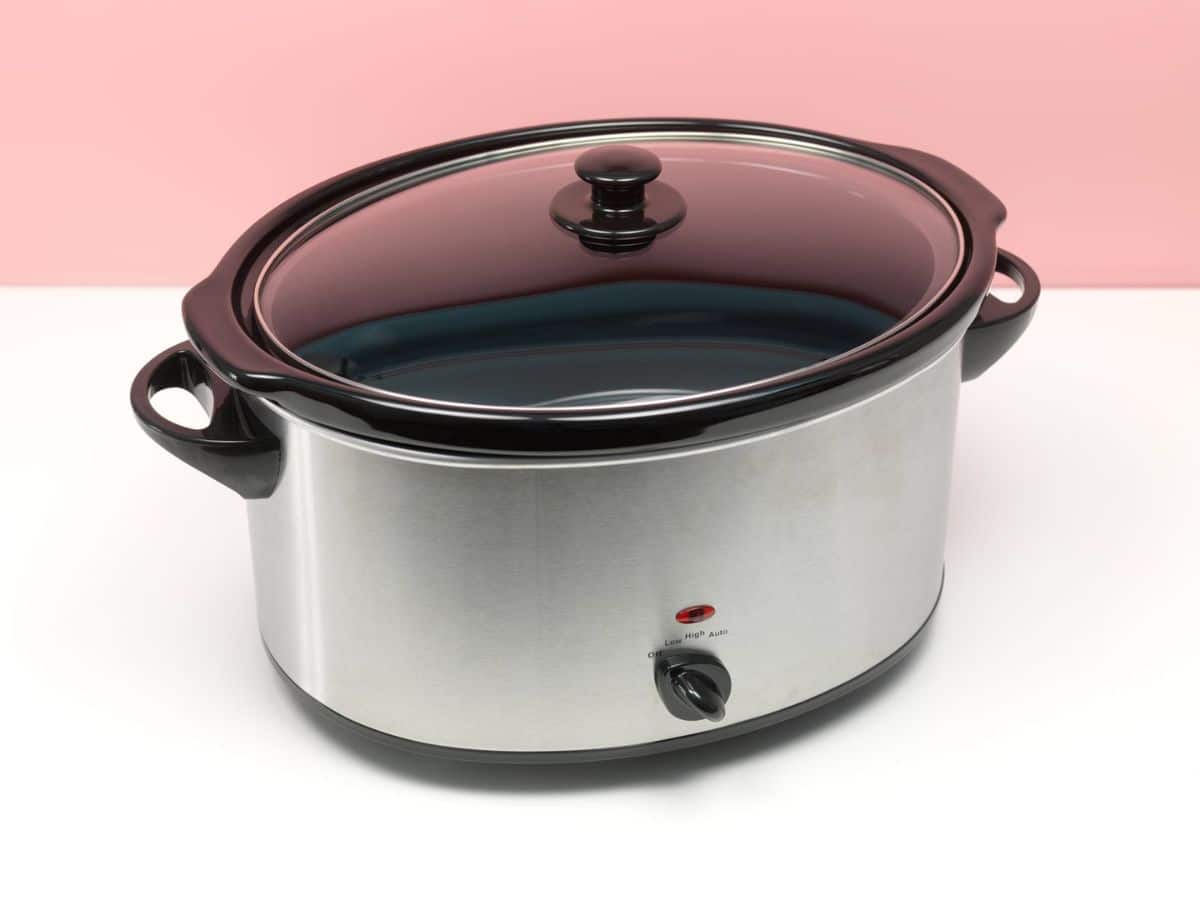
How to Melt Chocolate in a Slow Cooker
A slow cooker is especially great for recipes that require a large amount of melted chocolate, because the slow cooker can easily handle bigger batches. It is also a hands-off method.
- Chop the chocolate into small pieces and place them in the slow cooker.
- Put the lid on the slow cooker and let it heat on low, undisturbed, for two to three hours.
- Turn the heat off and let the slow cooker sit, undisturbed, for another one to two hours to allow the heat to spread through all of the chocolate.
- Gently stir the chocolate until smooth.
Selecting the Ideal Chocolate for Melting
Due to the cocoa solids in each variety, not all chocolate melts at the same temperature. Therefore, it’s essential to understand the unique properties of the types of chocolate.
Related Article: The Truth About Alpha-Gal and Chocolate
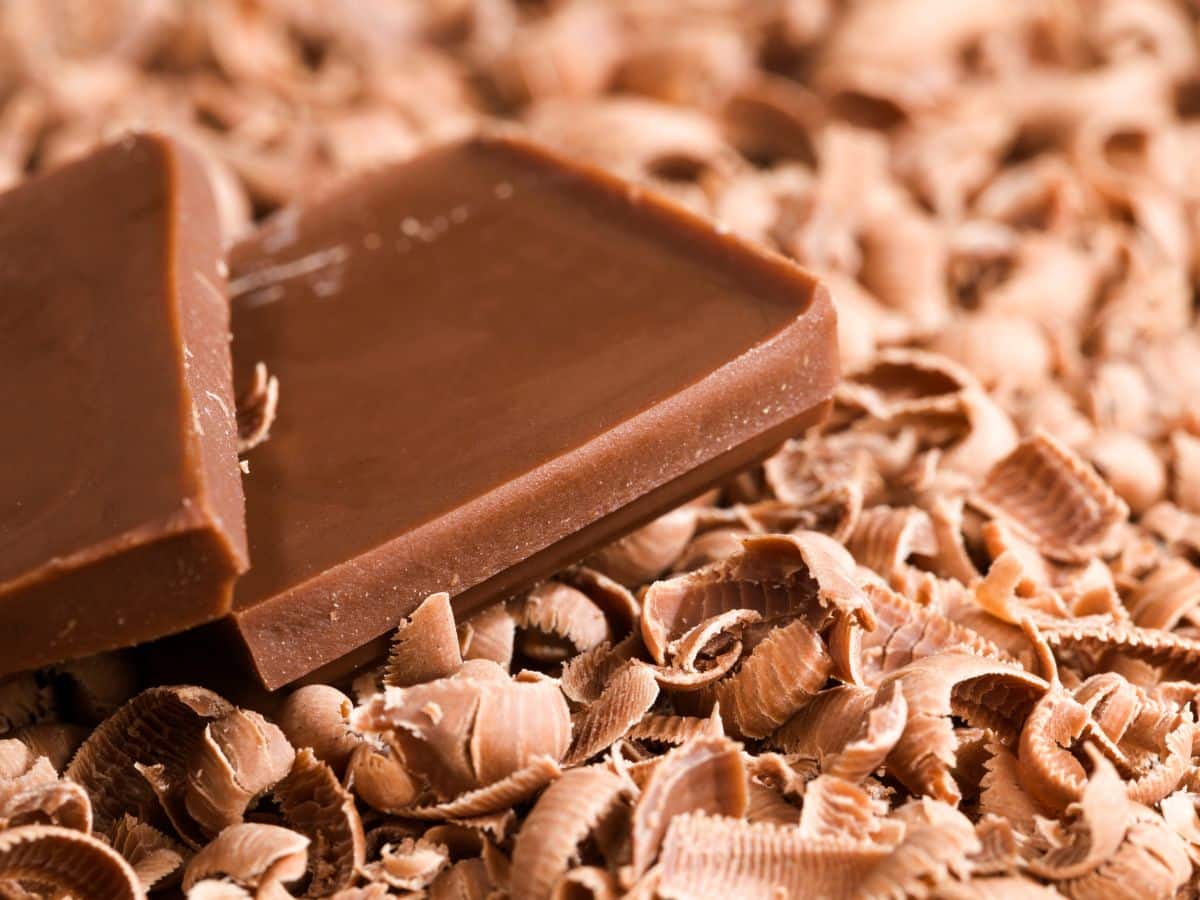
White Chocolate and Milk Chocolate
With a less cocoa butter than dark chocolate, white chocolate and milk chocolate have a lower melting point. Since these chocolates melt quickly, they tend to overheat or burn less.
These chocolate varieties are preferred for recipes demanding a subtle, creamy taste. However, alpha gals with dairy or carrageenan sensitivities must carefully read the ingredient list when considering white or milk chocolate. Vegan white chocolate chips and bars often contain carrageenan. And, as the name suggests, milk chocolate contains at least 12% milk, so select milk chocolate made with oat milk or another dairy-free option.

Ruby Chocolate and Dark Chocolate
Conversely, ruby chocolate and dark chocolate have higher melting temperatures than their milk chocolate and white chocolate cousins due to higher cocoa butter content. Melting these chocolates can require more time stirring.
These chocolate varieties have a richer, more robust cocoa flavor. And, they are ideal for dairy-sensitive alpha gals as there are many dairy-free dark chocolate options.
Tips to Achieve the Perfect Melted Chocolate
No matter which chocolate you choose, the end goal is always the same: smooth, silky melted chocolate. These tips can help you avoid common mistakes and always ensure a perfect outcome.
- Prepare the chocolate correctly. Chopping bars into smaller, evenly sized chocolate pieces allows for a quicker, more even melt.
- Use quality chocolate. High-quality chocolate will provide a better taste and is more likely to melt smoothly. While chocolate chips are a convenient size for melting, chocolate bars tend to melt more evenly due to their more consistent composition.
- Avoid contact with water. Any moisture can cause the chocolate to seize, becoming stiff and grainy. To prevent this disaster, ensure that all utensils, bowls and pots are completely dry before starting. If you’re going to dip fruit into the melted chocolate, be sure you wash it in advance and let it dry thoroughly beforehand.
- Add a little coconut oil. I always stir a little coconut oil into my melted chocolate, typically one tablespoon per cup of chocolate chips or chopped chocolate. Not only does it help the melted chocolate maintain a smooth and creamy consistency, but it also helps the chocolate harden and gives your treats a nice shine.
- There is no single best method. The best way to melt chocolate depends on the tools available, the amount of melted chocolate needed and how you will use the melted chocolate.
"I use two different methods for melting chocolate. For small batches, I use the microwave method and slowly melt the chocolate at 50 percent power for 20-second intervals. For melting big batches of chocolate, I will only use the double boiler technique so I can keep an eye on the chocolate as it melts."
— Jeré Cassidy, One Hot Oven
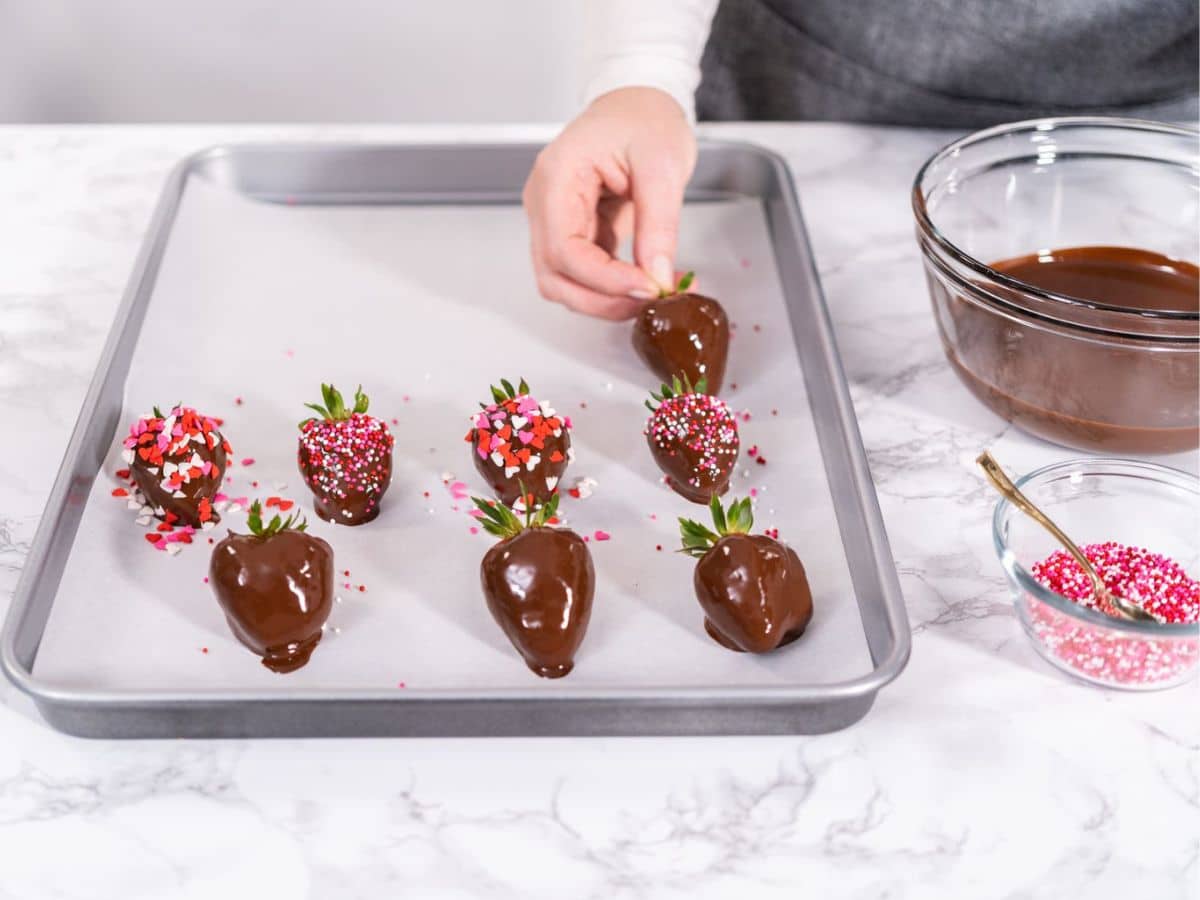
How to Use Melted Chocolate
Use the magic of melted chocolate to turn everyday delights into gourmet wonders. Here are some ways to use it in your baking and decorating.
- Secret ingredient. Have you ever wondered what gives some cakes, cookies or creamy fudge that deep, rich flavor? It’s often the melted chocolate smoothly mixed into the batter.
- Artistic drizzles. Use a fork or a piping bag to drizzle melted chocolate over the tops of cookies, candy, cakes or even ice cream for an impressive finishing touch.
- Dip. From chocolate dipped strawberries to peanut butter balls, a simple dip in melted chocolate transforms them into a velvety treat. The chocolate hardens into a smooth, delicious outer coating, making for a decadent outer layer.
- Decorate. Use a piping bag filled with melted chocolate to pipe designs onto your cakes and cookies. Or, use it to write messages on baked goods to celebrate special occasions.
- Ganache. Mix the melted chocolate with cream to create a luxurious ganache to use as a topping for a cake or brownies.
Sweet Success
Mastering how to melt chocolate is an essential baking skill for making delicious desserts. Whether drizzling, dipping, or mixing it into a batter, perfectly melted chocolate can make all the difference. Plus, there’s a certain joy in watching those solid chunks transform into a smooth, glossy river of chocolate – it’s almost therapeutic! Remember, the key is patience and precision. Treat your chocolate with a little tender loving care, and it’ll return the favor in your culinary creations.
What’s Your Preferred Way to Melt Chocolate?
Are you a microwave maven, a double boiler devotee, or a slow cooker champion when it comes to melting chocolate? Maybe you’ve got a secret tip that makes all the difference? Share your thoughts and experiences in the comments section below.
Portions of this article originally appeared on Food Drink Life.
Thank you for sharing!

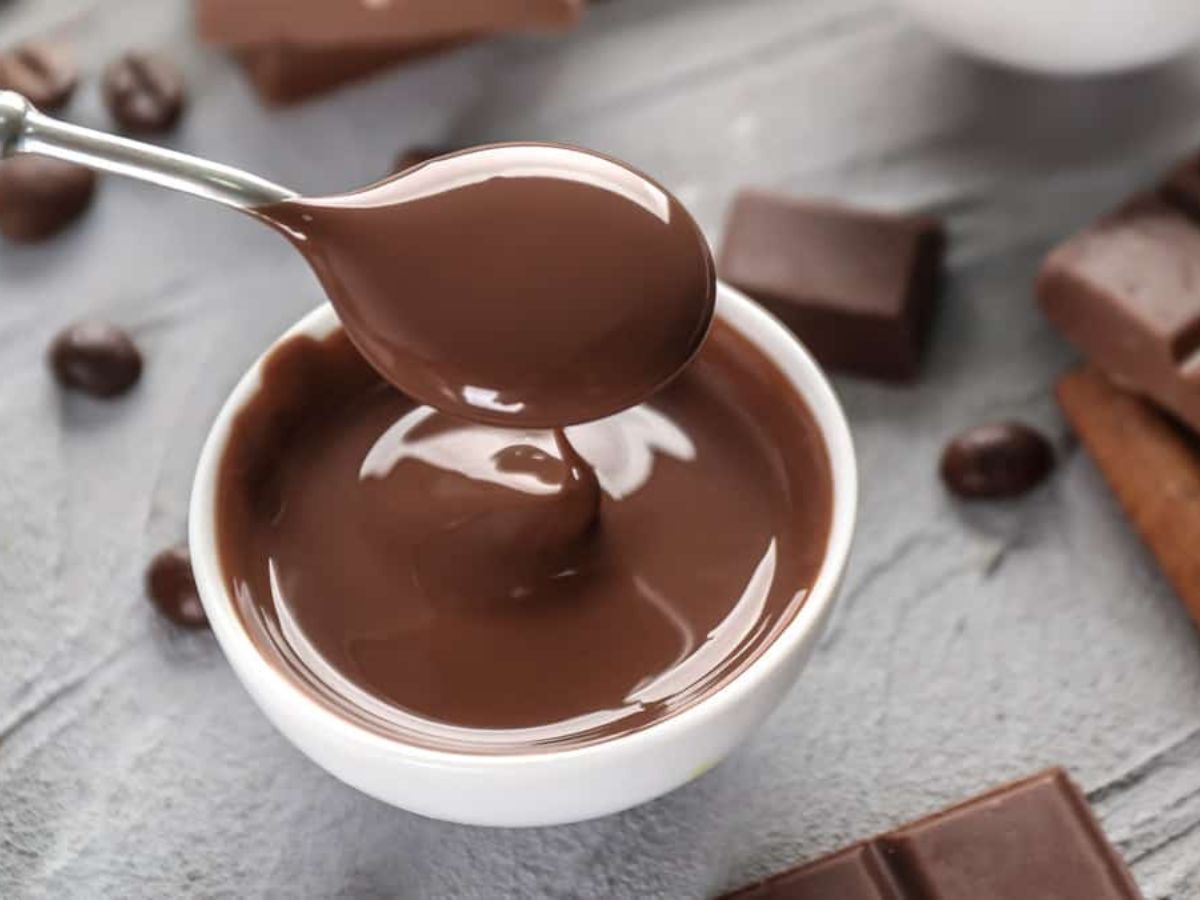
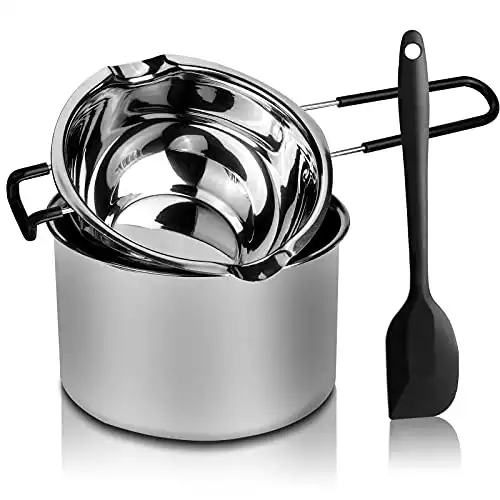
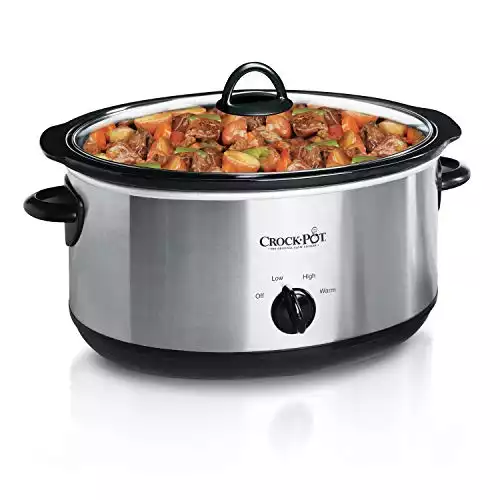
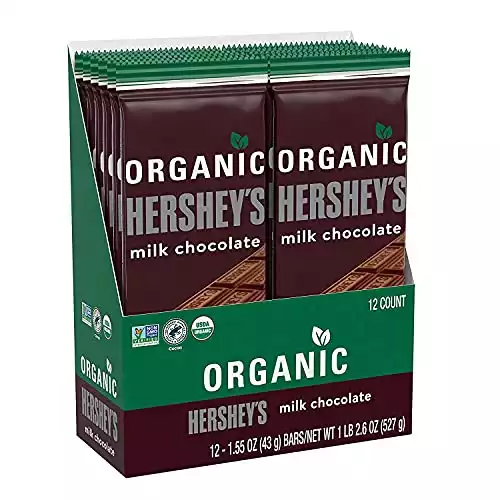
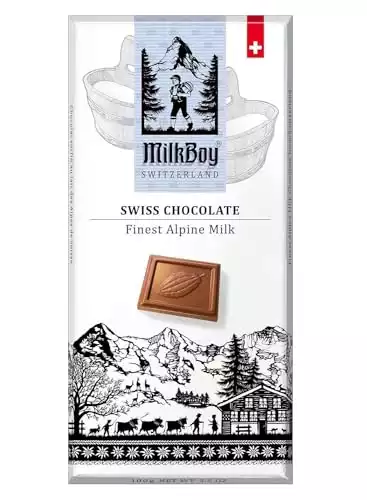
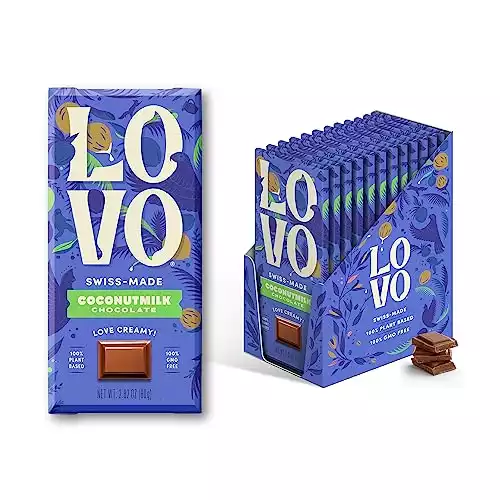
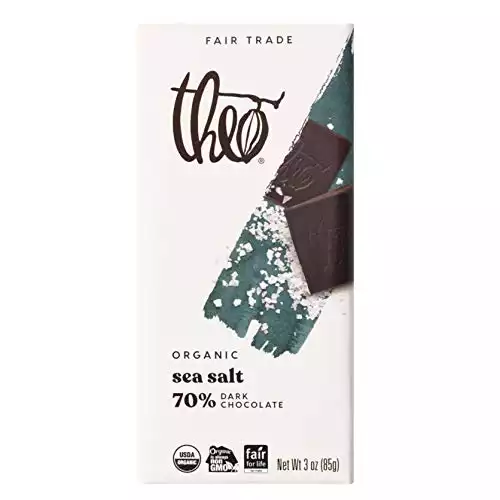
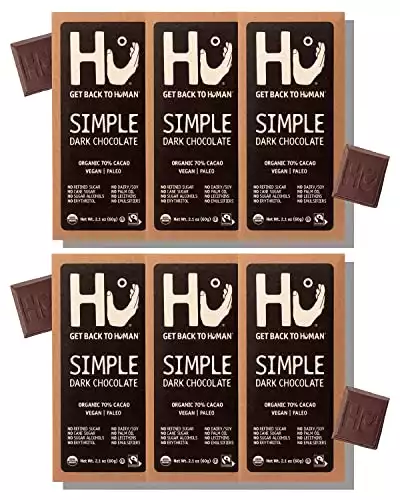
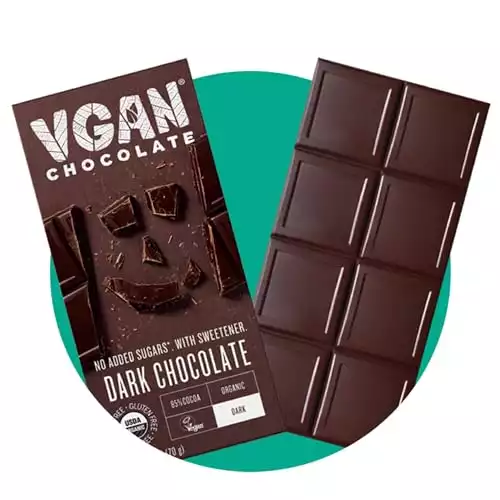
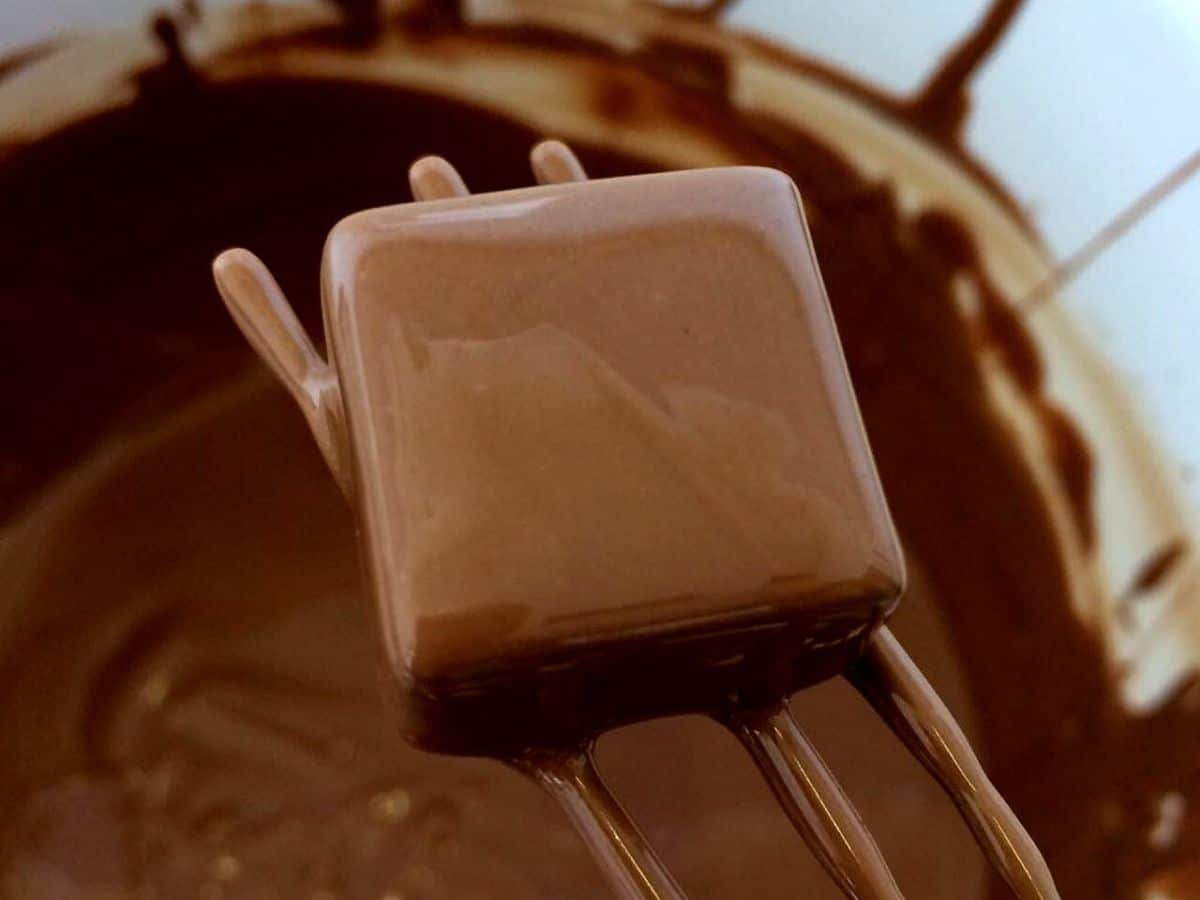
This had so much information in it. I would never have thought about using the slow cooker but it works perfectly. And so easy to do!
Thanks for the advice
I followed your how to melt chocolate instructions and love the microwave version. It is so much easier to melt chocolate when you follow a few simple rule. No water, don’t over heat, add oil if needed, and there is so many more tips.
The microwave definitely makes melting chocolate fast and easy!
OK I seriously always struggle with this and this guide was SO needed! I especially love the microwave instructions as it’s what is most easily available to me when I am in a rush. Tried it for a topping for strawberries tonight, and it was perfection!
The microwave option is fast, easy, and gets the job done!